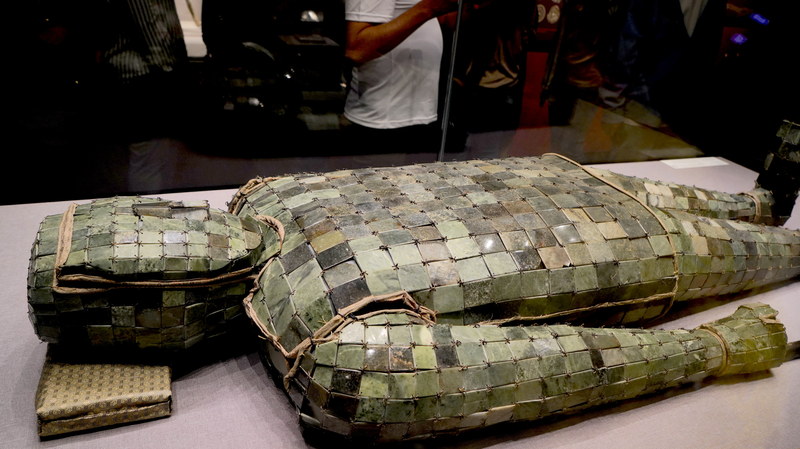Exciting news for history buffs and rice lovers alike! 🥳 Chinese researchers have made a groundbreaking discovery that sheds new light on the origins of rice domestication. By using advanced CT scanning technology, they found traces of rice in two ancient ceramic sherds dating back around 10,000 years.
An Ting, the head of the research team at Zhejiang University's School of Art and Archaeology, shared that tracking the journey from wild rice to the domesticated varieties we rely on today is no small feat. The scarcity of macrobotanical remains like seeds, fruits, and stems makes it a challenging puzzle to solve.
But fear not! Plant imprints on artifacts are proving to be crucial pieces of evidence. The team’s latest findings, published in the prestigious journal The Holocene, highlight how these imprints can reveal the presence of ancient plants, even when other remains are missing.
The ceramic sherds were discovered at the Shangshan site, an ancient ruin nestled along the lower reaches of the Yangtze River in present-day east China's Zhejiang Province. Unearthed in 2000, this site dates back to approximately 11,400 to 8,600 years ago, making it a treasure trove for archaeologists.
This discovery not only deepens our understanding of rice domestication but also showcases the incredible advancements in archaeological techniques. Kudos to the team for unlocking secrets from our distant past! 🎉🔬
Reference(s):
cgtn.com






